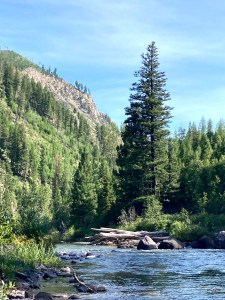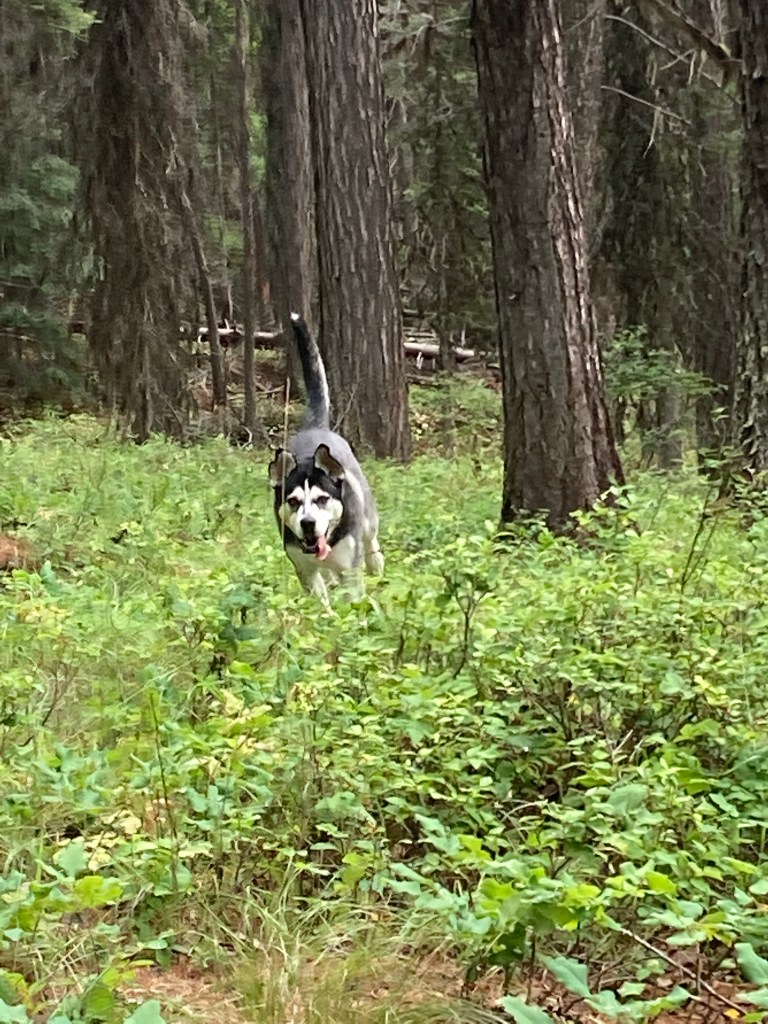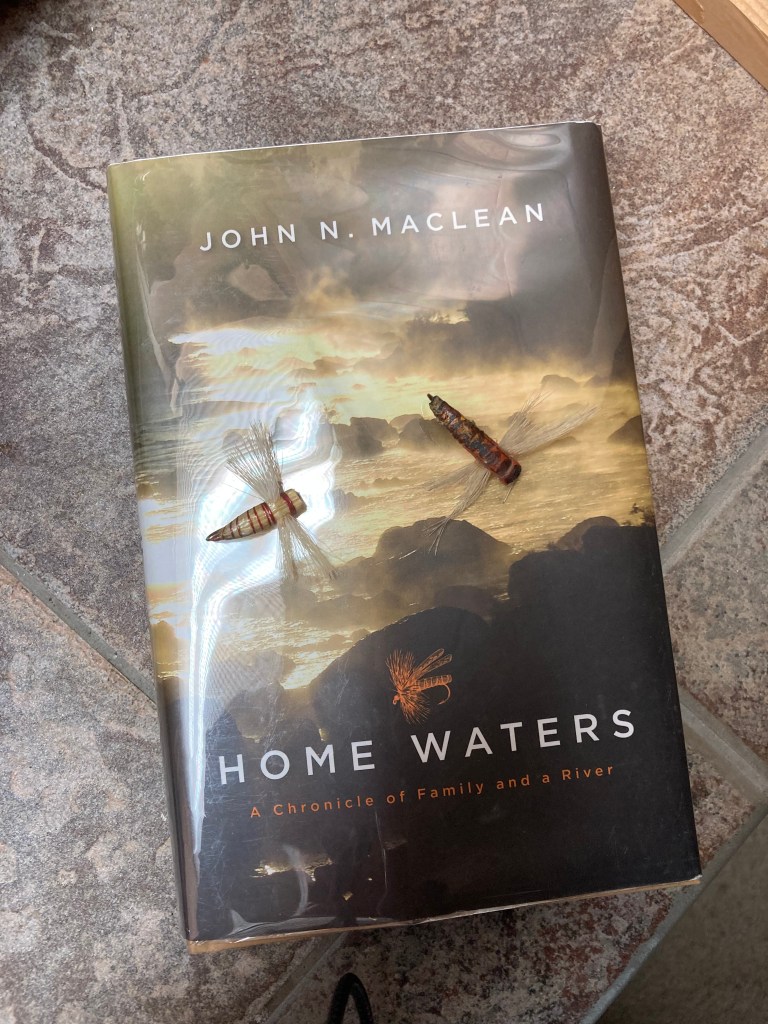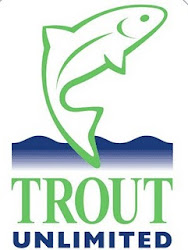
Cover

Title Page
I have shared the poetry of Gary Metras before. His latest collection of poems is titled River Voice. Gary happens to own and run Adastra Press. Sadly, this book will be the press’ last publication. All of the books Gary releases-those he authored himself and others–are printed by letterpress and bound by hand. So, Gary is not only an artist with words, he is also an artist of ink, paper, and thread.
Like most people, I read a fair amount of digital texts. These range from articles I read for work, retrieved from my university’s library website, to books that my wife and I read for pleasure with each other, on a Kindle, in the evening. Yet, for me, there is no substitute for physical books. If there is a text that I know I may turn to again-and-again, or even which I would simply like to be reminded of, I typically by a hardback copy and put it on my shelf. Sometimes, I even buy a physical copy of a book I initially ready in digital form.
In a world were relationships to our fellow humans, to the animals, to the plants, and to the water are mediated through the glass of a car window, the glare of a computer screen, a phone to the ear, and so on, I value materiality. Without it, I think, we can forget how fragile the world around us is and how fragile we often are when faced directly with it.
So, a physical book–particularly a letter-press book like Gary’s that is manifestation of his hands and heart–is special. I suspect Gary feels much as I do. Otherwise, he wouldn’t have founded Adastra Press back in 1979. There is evidence of his appreciation for the material in his poems, as well. Consider the following, from River Voice.
When I read this poem, I can feel myself sitting at a desk, like the author. I can smell the incense cedar of the freshly sharpened pencil, I can feel the crispness of new books pages. Of course, I can see the scene that is the setting of the poem as well. But Gary reminds us the materiality is often more than what we can see.
This is one of the reasons I love books. I can see words just as well on a screen as I can on a leaf of paper. But, reading the former, I lack the touch, and smells, and sounds that remind me the words are written by a person like me. Thus, it is easier for me to enter into a relationship with the author when I read their words on a page. Admittedly, this relationship may be an imaginary one. After all, written words are a form of abstraction themselves.
Even in fly fishing, though so many authors have described it in nearly mystical terms (I’ll spare you the scholarly lecture on mysticism), there is a degree of abstraction–a distance–that prevents us from truly knowing the non-human world around us. I cannot know everything that the water carries from the places it previously traveled, I cannot know what the trout truly feels, and I cannot even be certain what the angler around the bend is thinking about. But I can feel their impact upon me. And I can see their vulnerabilities and their strengths. And that allows for a type of relationship I cannot achieve, when sitting sitting on my ass at home watching fishing videos on YouTube (honestly, this is not something I do).
The colophon of River Voice tells the reader that is was “letterpress printed from hand-set metal type,” in 100 copies signed and numbered by Gary Metras. “Printed sheets were gathered, collated, sewn and bound from July to October 2019 as the poet continued his fly-fishing quest for the perfect trout.” There is also an expended, trade version of the book, titled River Voice II, available through Amazon. I recommend it highly.















